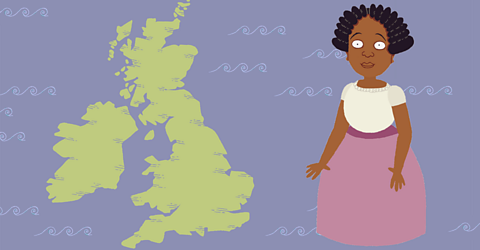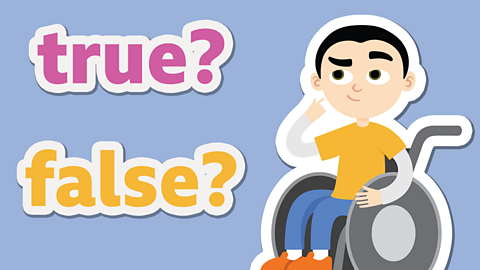How to skim and scan

Skimming and scanning are two useful reading techniques. They can help you to find information really quickly in a text.
Skimming is when you look over a text quickly to get the general idea of it. You don't need to read every word - just pick out key words and sentences.
Scanning is when you look over a text quickly, line by line, hunting for key words, dates, names and numbers. It's a useful skill to use when you need answers to specific questions.

Watch: Skimming and scanning
Learn all about speedy reading in this Teacher Talk and then give it a go!
Top tips

Let's recap on those top tips!
Skimming
Read the first paragraph and last paragraph in full.
Read the opening words and closing words of the paragraphs in between.
Use headings, sub-headings, bullet points or key words
(those in bold, italics, capitals or underlined) to guide you.
Scanning
You don't need to read every word. Just look for the information you want.
Again, use headings, sub-headings, bullet points or key words to guide you.

Activity 1
Complete this quick quiz to show off your understanding of skimming and scanning!
Activity 2
Open the 'Who was Mary Seacole?' article and give yourself one minute to skim the information.
You're going to answer some questions on key facts about Mary Seacole's life afterwards.
When your minute is up, close the article and try the true-or-false quiz!
Top tip!
- Remember to read the first paragraph and last paragraph in full.
- Read the opening words and closing words of the paragraphs in between.

Activity 3

To show what you've learned about Mary Seacole, you're going to complete an acrostic poem.
Each line of the poem needs to start with a new letter from Mary Seacole's name!
For example:
Mother Seacole was her nickname.
And to Crimea she came,
Ready to help the wounded soldiers.
Y
S
E
A
C
O
L
E
Before you start, scan over the article again, looking specifically for key facts that you could use.
Why not challenge yourself to do this in one minute too?

Play our fun English game Crystal Explorers. gamePlay our fun English game Crystal Explorers
Use grammar, punctuation and spelling skills to explore jungles, caves and tombs on your mission!

More on Comprehension
Find out more by working through a topic
- count10 of 11

- count11 of 11

- count1 of 11

- count2 of 11
